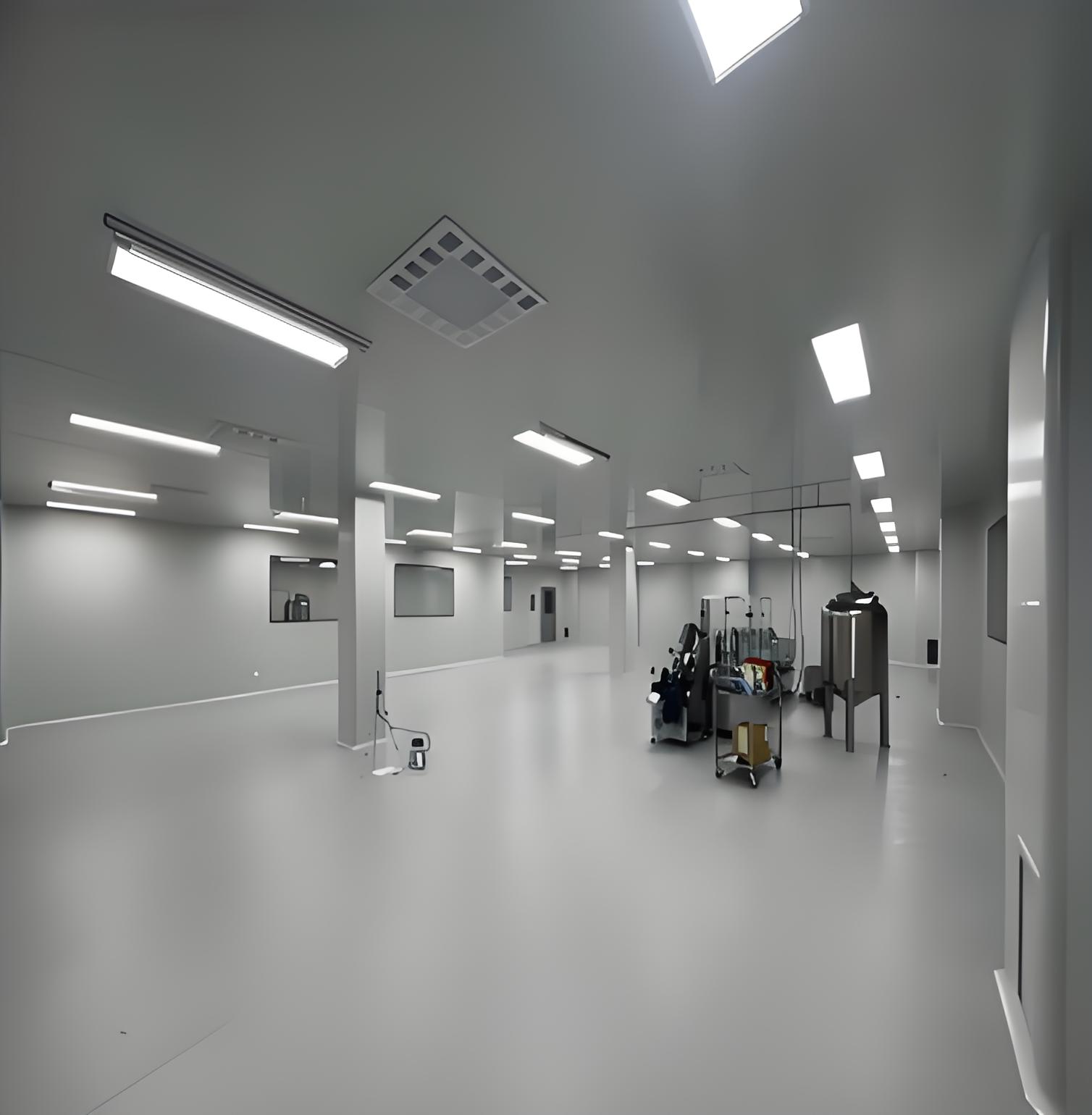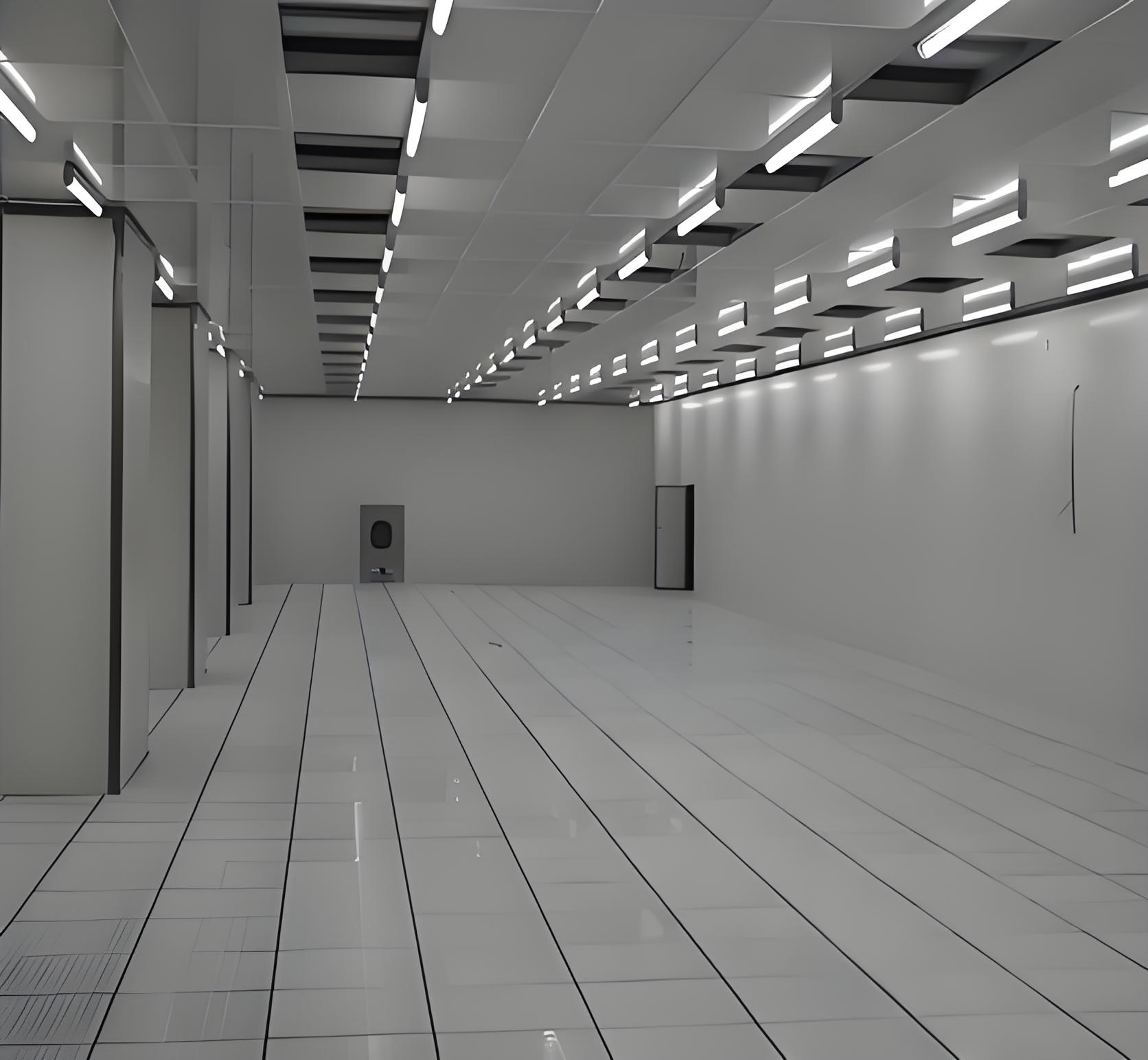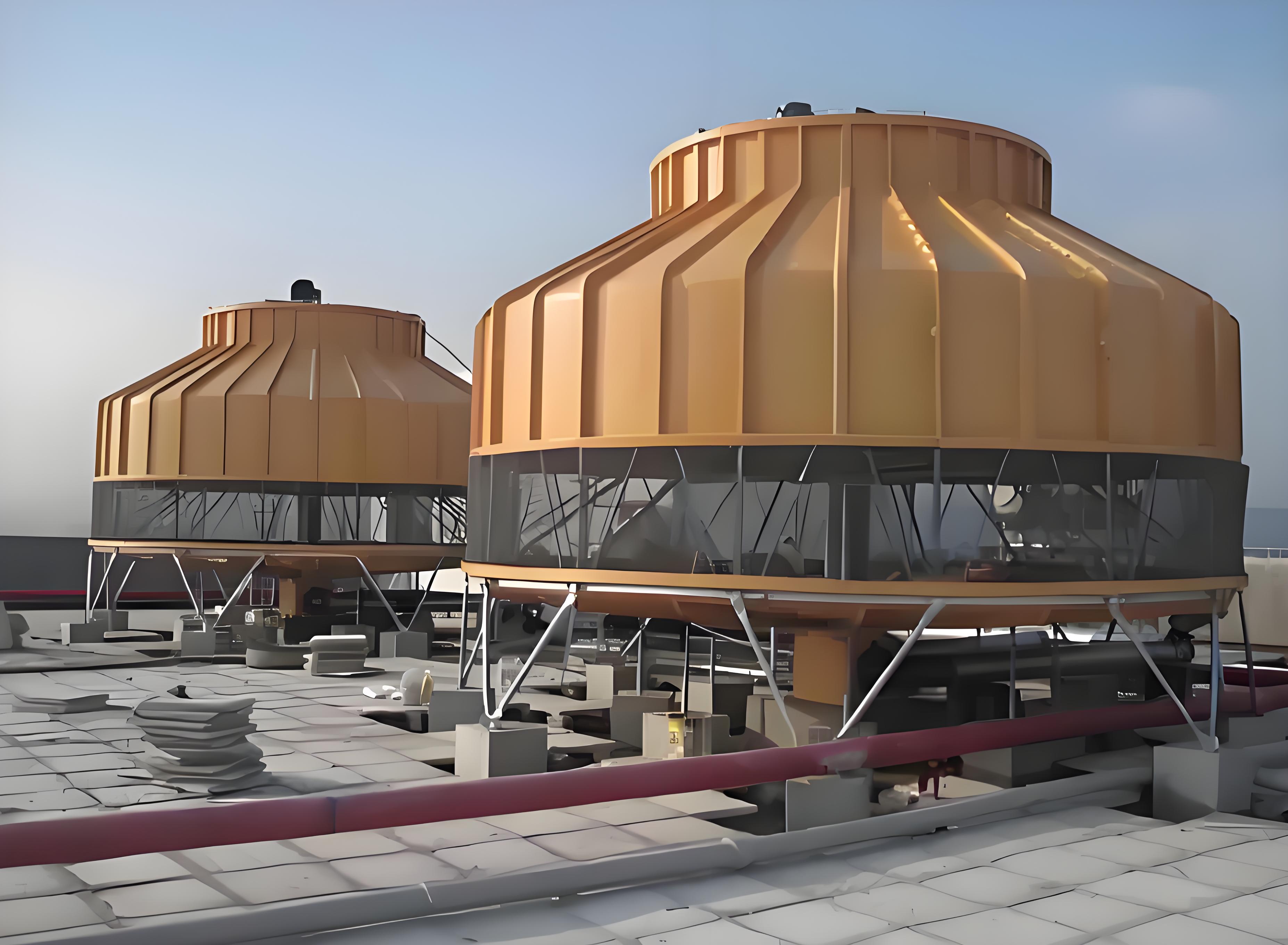




A successful spray purification project is far more than just installing a booth; it is a comprehensive engineering endeavor that integrates advanced technology, environmental stewardship, and precise process control. At its heart, such a project aims to create a controlled environment for spray painting/coating that ensures superior product finish, protects operator health, and minimizes the facility's environmental footprint. Whether modernizing an existing line or building from the ground up, a well-executed project involves meticulous planning across industrial ventilation system design, environmental compliance engineering, and facility commissioning. Many operators seek a seamless turnkey paint booth installation to ensure all these complex elements work in harmony from day one. This article delves into the critical components of a Paint Booth or Coating Facility with Environmental Control Systems and explores the common pitfalls that can undermine their performance.

A modern Paint Booth or Coating Facility with Environmental Control Systems is the central pillar of any spray purification project. These are not simple enclosed spaces; they are highly engineered environments designed to manage airflow, temperature, humidity, and contamination.
The primary types of booths include:
Crossdraft Booths: Where air flows horizontally across the work area. Often cost-effective for smaller operations or touch-up work.
Downdraft Booths: Where air is pulled down through the booth floor, carrying overspray away from the workpiece. This is essential for large, complex items like automotive bodies or aerospace components, as it minimizes dust nibs and provides a cleaner finish.
Sidedraft Booths: A hybrid model where air enters from the top and is exhausted through the lower side walls.
The environmental control systems integrated into these booths are what transform them from a simple enclosure into a purification asset. These systems encompass air replacement units (ARUs) with heating and cooling capabilities, sophisticated filtration stages (e.g., intake filters, ceiling filters, and exhaust filters), and precise humidity control. The ultimate goal is to create a clean, consistent, and repeatable environment that is unaffected by external weather conditions or internal plant contaminants.
The quality of a finished coat is exceptionally vulnerable to its application environment. Achieving the perfect controlled environment for spray painting/coating is a precise science focused on four key parameters:
Airflow and Velocity: Consistent, laminar (non-turbulent) airflow is critical. It must be powerful enough to capture and remove overspray particles and volatile organic compounds (VOCs) but not so strong that it disrupts the spray pattern or causes evaporation issues. Velocity is measured in feet per minute (FPM) and must be meticulously balanced across the entire booth cross-section.
Temperature: Paint viscosity, drying times, and film formation are all highly sensitive to temperature. A stable, optimal temperature must be maintained to ensure proper chemical reactions and achieve a uniform finish without defects like orange peel or blushing.
Humidity: Excess moisture in the air can be the enemy of a perfect coat. It can cause moisture entrapment, blistering, hazy finishes (blushing), and adhesion problems. Controlling humidity to a specified range is non-negotiable for high-quality outcomes.
Filtration and Cleanliness: The air supplied to the booth must be virtually free of particulate matter. Multi-stage filtration—including pre-filters for large particles and final filters for micron-sized dust—ensures that dust nibs do not ruin an otherwise flawless paint job.
This controlled environment is the direct result of a superior industrial ventilation system design working in concert with the booth's physical structure.
The ventilation system is the lungs of the spray purification project. Its design is a specialized field of mechanical engineering that dictates the success of the entire operation. Industrial ventilation system design involves calculating the required air volume (CFM - Cubic Feet per Minute), static pressure, and velocity to effectively capture contaminants at the source.
A well-designed system includes:
Supply Air System: Brings in fresh, conditioned (filtered, heated/cooled, and sometimes dehumidified) air to create a positive pressure environment that prevents unclean air from infiltrating.
Exhaust Air System: Removes contaminated air laden with overspray and VOCs. This system must generate enough suction to overcome the resistance of filters as they load with particulate.
Ductwork and Balancing: Properly sized and configured ductwork ensures air is distributed evenly without dead spots or short-circuiting. Dampers are used to balance the system for optimal performance.
Energy Recovery: Modern systems often incorporate heat recovery wheels or other technologies to capture energy from the exhaust air stream and use it to pre-condition incoming air, significantly reducing operational costs.
A flawed ventilation design leads to poor overspray capture, uneven drying, excessive energy consumption, and ultimately, a failed spray purification project.
Navigating the complex web of environmental regulations is perhaps the most critical and challenging aspect of a spray purification project. This is where environmental compliance engineering becomes indispensable. Regulations from agencies like the EPA (Environmental Protection Agency) and state/local bodies govern emissions of VOCs and Hazardous Air Pollutants (HAPs).
Compliance engineering involves:
Permitting: Securing all necessary construction and operating permits before project commencement.
Emission Control Technology: Selecting and engineering the right air pollution control system, such as:
Dry Filter Scrubbers: For capturing particulate overspray.
Water Wash Systems: Which use a curtain of water to trap overspray.
Thermal Oxidizers (TOs) or Regenerative Thermal Oxidizers (RTOs): For destroying VOCs with high efficiency (95%+).
Carbon Adsorption: For capturing certain types of VOCs.
Reporting and Recordkeeping: Designing systems for continuous monitoring and data logging to demonstrate ongoing compliance with emission limits and operating parameters.
Proactive environmental compliance engineering mitigates the risk of costly fines, operational shutdowns, and legal liability, ensuring the project's long-term viability.

Given the complexity of integrating structural, mechanical, electrical, and environmental systems, many companies opt for a turnkey paint booth installation. This approach assigns full responsibility for the entire spray purification project to a single vendor or systems integrator.
The benefits are significant:
Single Point of Accountability: The client has one contract and one point of contact, eliminating finger-pointing between subcontractors.
Streamlined Project Management: The turnkey provider manages all schedules, trades, and logistics, reducing the administrative burden on the client.
Integrated Design: Ensures all components are designed to work together seamlessly from the outset, optimizing performance and efficiency.
Faster Time-to-Production: With coordinated planning and execution, the project is completed more quickly, allowing the facility to become operational sooner.
Reduced Risk: The provider assumes the risk for system performance, integration, and often, initial compliance testing.
A turnkey paint booth installation is the surest path to a hassle-free and high-performance outcome for a complex spray purification project.
The final, and often overlooked, phase of a spray purification project is facility commissioning. This is not a simple test run; it is a rigorous, documented process of verifying and documenting that every component and system performs according to the design intent and the owner's project requirements.
Commissioning activities include:
Functional Performance Testing (FPT): Testing all individual components (fans, heaters, dampers, safety systems) and their sequences of operation.
Airflow Balancing: Verifying and adjusting airflow rates and velocities across the entire booth to meet design specifications.
Environmental Verification: Testing the system's ability to maintain the required temperature and humidity setpoints under full load.
Safety System Checks: Ensuring all fire suppression, explosion protection, and emergency ventilation systems operate correctly.
Training: Providing comprehensive training for operators and maintenance personnel on how to use and maintain the system properly.
Skipping proper facility commissioning is a gamble that often results in hidden performance deficits, higher operating costs, and premature equipment failure.
Even well-planned projects can encounter obstacles. Being aware of common problems can help in mitigating them early.
Inadequate Planning for Future Capacity: Designing a system that only meets current needs can be short-sighted. Failing to account for future production increases, new products, or stricter regulations can lead to costly upgrades later.
Improper Ventilation System Sizing: An undersized system will fail to capture contaminants and control the environment, leading to quality and compliance issues. An oversized system is wasteful, leading to exorbitant energy costs.
Ignoring Make-up Air: Every cubic foot of air exhausted must be replaced. Neglecting the design of the make-up air system results in negative pressure within the facility, which can make doors hard to open, pull in contaminants from other areas, and starve the booth of its required air supply.
Poor Filter Selection and Maintenance: Using the wrong type of filter or extending filter change intervals beyond their useful life drastically reduces system efficiency, increases energy costs, and compromises air quality.
Underestimating Compliance Complexity: Failing to engage with environmental compliance engineering experts early in the design process can lead to permitting delays, selection of inadequate pollution control equipment, and failure to meet legal emission standards.
Skipping Commissioning: As noted, forgoing facility commissioning almost guarantees the system will not operate at peak efficiency, hiding defects that will cause problems for years to come.
A spray purification project is a significant investment that directly impacts product quality, operational safety, regulatory standing, and the bottom line. Success hinges on viewing the project holistically—understanding that the Paint Booth or Coating Facility with Environmental Control Systems is the core, enabled by precise industrial ventilation system design and safeguarded by robust environmental compliance engineering. Opting for a turnkey paint booth installation can streamline this complexity, while a rigorous facility commissioning process validates the investment. By acknowledging common challenges and prioritizing integrated design from the outset, manufacturers can create a controlled environment for spray painting/coating that delivers flawless results, ensures compliance, and drives long-term operational efficiency.

